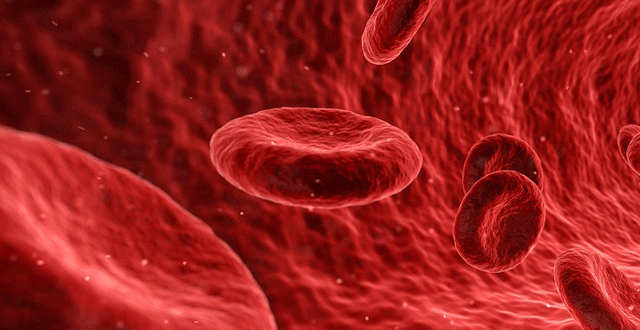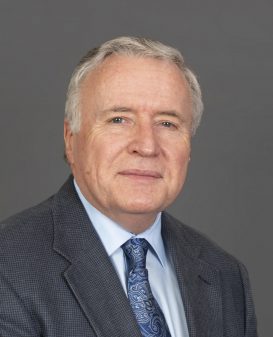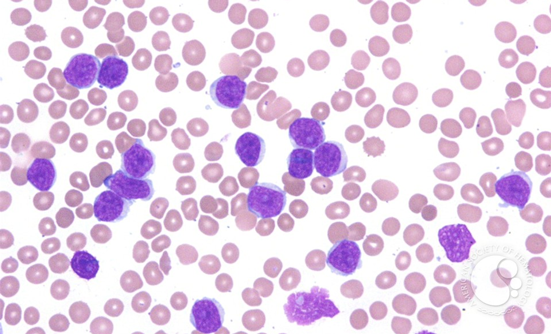Hodgkin’s Lymphoma
To understand what Hodgkin lymphoma is, it helps to know about the lymph system (also known as the lymphatic system). The lymph system is part of the immune system, which helps fight infections and some other diseases. The lymph system also helps control the flow of fluids in the body.
The lymph system is made up mainly of cells called lymphocytes, a type of white blood cell. There are 2 main types of lymphocytes:
- B lymphocytes (B cells): B cells make proteins called antibodies to help protect the body from germs (bacteria and viruses).
- T lymphocytes (T cells): There are many types of T cells. Some T cells destroy germs or abnormal cells in the body. Other T cells help boost or slow the activity of other immune system cells.
Hodgkin lymphoma usually starts in B lymphocytes.
Although Hodgkin lymphoma can start almost anywhere, most often it starts in lymph nodes in the upper part of the body. The most common sites are in the chest, neck, or under the arms.
Hodgkin lymphoma most often spreads through the lymph vessels from lymph node to lymph node. Rarely, late in the disease, it can invade the bloodstream and spread to other parts of the body, such as the liver, lungs, and/or bone marrow.
Different types of Hodgkin lymphoma can grow and spread differently and may be treated differently:
- Classic Hodgkin Lymphoma: Classic Hodgkin lymphoma (cHL) accounts for more than 9 out of 10 cases of Hodgkin lymphoma in developed countries. It has 4 subtypes: nodular sclerosis Hodgkin lymphoma (NSCHL), mixed cellularity Hodgkin lymphoma (MCCHL), lymphocyte-rich Hodgkin lymphoma, and lymphocyte-depleted Hodgkin lymphoma.
- Nodular Lymphocyte-Predominant Hodgkin Lymphoma: Nodular lymphocyte-predominant Hodgkin lymphoma (NLPHL) accounts for about 5% of cases. The cancer cells in NLPHL are large cells called popcorn cells (because they look like popcorn), which are variants of Reed-Sternberg cells. You may also hear these cells called lymphocytic and histiocytic (L&H) cells. NLPHL usually starts in lymph nodes in the neck and under the arm. It can occur in people of any age, and is more common in men than in women. This type of HL tends to grow more slowly and is treated differently from the classic types.









